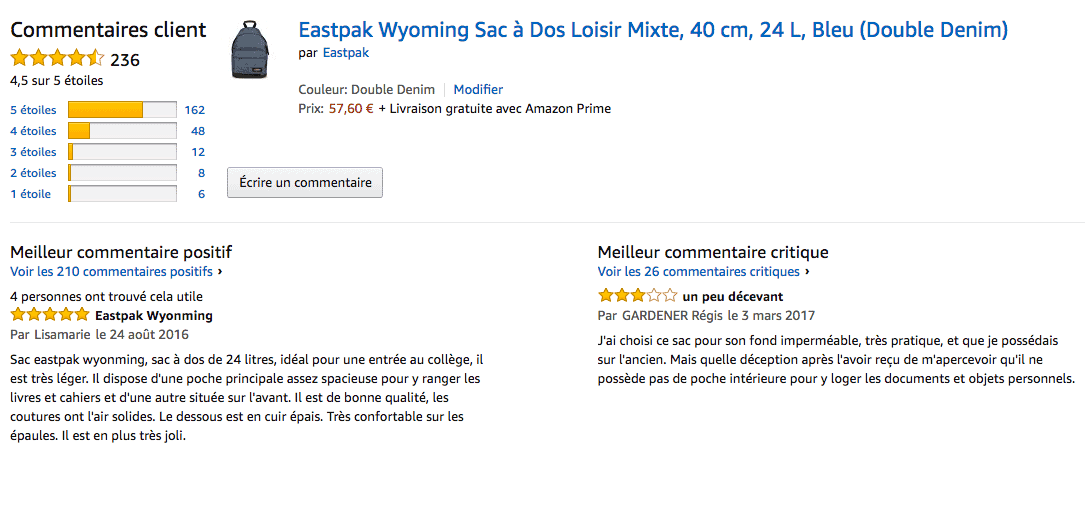You would be hard pressed to think of any other business in any other sector that can match Amazon for the way in which it has grown rapidly by disrupting and dominating markets. Not to mention its equally unparalleled ability to grab the headlines and dominate them too.
When Amazon talks about drones, everyone talks about drones. When Amazon starts offering same-day delivery, others follow suit. But one of the most interesting consequences of Amazon’s behaviour is the effect it has had on customer expectations. After all, if Amazon can get your order to you in next-to-no-time, why can’t other retailers?
Beyond speed, PR chutzpah, and keen pricing, Amazon works hard in a variety of ways at keeping customers on board and locked in. In June, it bought the organic grocery chain, Whole Foods, and just two months later unveiled plans to cut prices across a range of produce as soon as the deal reached completion – prompting many food retailers’ share prices to fall.
Amazon Prime members will get even more discounts, too. The evolution of Prime illustrates how Amazon strives to get customers to perceive ongoing value by continuing to shop with it. Indeed, when it comes to ensuring customers get helpful information and on-screen guidance, the former bookseller has been leading the way for quite some time.
There are of course product reviews – some of which have achieved near-legendary status thanks to the humour they contain – and star ratings that make it easy for shoppers to find the good and bad experiences other people have had. There are shareable wishlists, social sharing buttons and a share-by-email option. It also provides detailed product descriptions as standard and allows website users to raise an alert if they encounter incorrect or potentially misleading content.
One of the most visible things Amazon has done for several years is show customers related items and bundled items. It will also allow you to compare your first choice item with potential alternatives. It does, however, come a little unstuck with retargeted advertising, as it will insist on showing you items you have previously searched for – even after you’ve made your purchase. Finding out that people who bought X also bought Y is one thing, but being repeatedly prompted to buy something you’ve recently bought risks making the whole engagement process seem lacking in relevance.
Amazon’s approach to dominance in the retail sector has been one of determination to listen to what customers want and in some cases provide it before they’ve even started asking for it. Even if it’s not without problems, this approach has shifted customer expectations and has much of the rest of the retail sector in its thrall.







